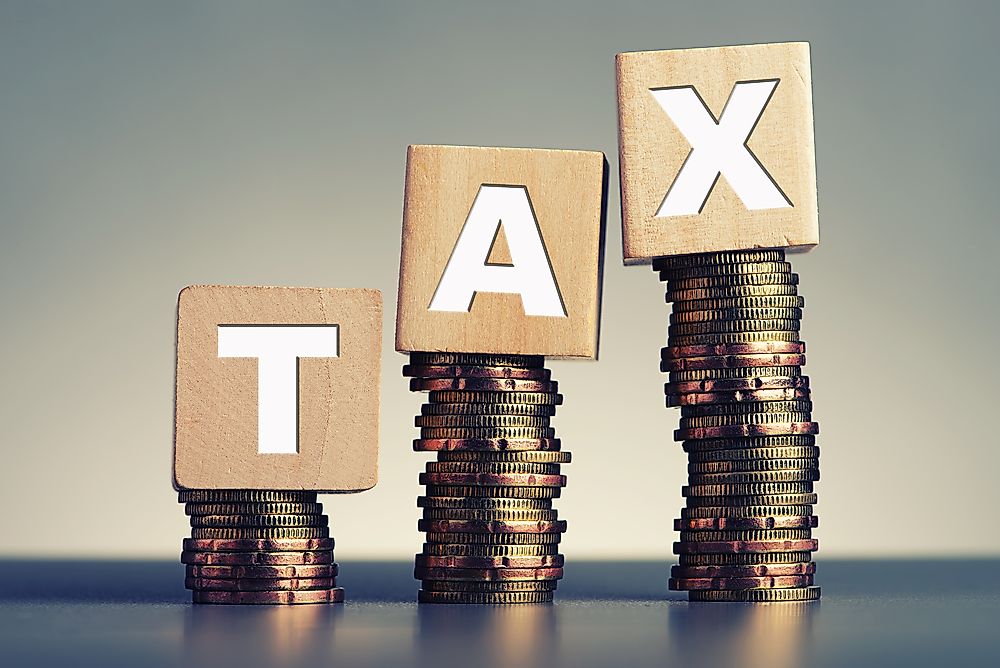What is a Pigovian Tax?

What is a Pigovian Tax?
A Pigovian tax is a remedial tax levied against businesses or individuals for engaging in certain activities. The aim of Pigou tax is to discourage specific activities that impose net coat of production on third parties. Such costs are known as negative externalities in economics and are named after the English economist Arthur C. Pigou who made major contributions to the theory of externality. Pigovian tax is used to minimize the negative consequences of externalities, for instance the highly polluting industries.
Negative Externalities
Ordinarily, negative externalities are not necessarily “bad.” However, when the producer fails to internalize the cost of their activity, third parties have to subsidize the extra production cost unwillingly. Environmental pollution is the best negative externality. Factory pollution becomes a negative externality because the expense of that pollution is accounted for by the nearby third parties. Such costs can come as health risks or property damage. The polluter only bears the marginal private costs while the community pays for the marginal external costs. As such, the economy of that neighborhood can suffer a deadweight loss should the pollution exceed optimal social levels.
Mitigating Negative Externalities
A British economist Arthur Pigou introduced the concept of Pigovian tax while developing economic theory of externalities. In his influential book “The Economics Welfare,” Pigou argues that industrialists are always seeking their marginal private interests. He affirms that a state intervention is the best way to correct negative externalities. Pigou contends that scientifically measured and selective taxation can offset such a phenomenon. The government must estimate the marginal private cost and marginal social costs to achieve Pigovian tax.
Criticism of the Theory: The Problem of Social Costs
Pigou’s theory was a mainstream theory for almost forty years until Ronald Coase published the Nobel Prized book “The Problem of Social Costs” in 1960. In his book, Coase's analytical framework demonstrated that Pigou's ideas and solutions were in most cases wrong. Coase provided three reasons why Pigou’s ideas proved ineffective. First, negative externalities do not necessarily result in an inefficient market outcome. Secondly, even with the occurrence of an inefficient result, Pigovian taxes do not lead to an efficient outcome. Lastly, Coase affirmed that critical element was not an externality theory but a transaction cost theory. Another downside of the Pigovian tax is the calculation and knowledge problems. For a government to issue the exact social Pigovian tax, it should estimate the most efficient result. The lawmakers should know the precise externality cost caused by the polluter. The regulator should also have the correct value and output of the commercial item, and all the goods and services associated with it. If there is an overestimate of the expenses involved, the Pigovian taxes becomes harmful. William Baumol (2008) also suggested that it is almost impossible to calculate the social cost of an externality as most of these expenses are individual and psychological. James M. Buchanan also regarded Pigovian Tax as either a redundant possibility or impossible because conditions put forward to justify its establishment either precludes their enactment or eliminates their necessity.
Alternatives to Pigovian Tax
An alternative to Pigovian tax would be for the government to place limit on the amount of the production of the output that is causing the negative externality and create a market for rights to generate that particular output. In the US for instance, the idea of market for polluting rights began emerging in the late 1970s and 1980s.











